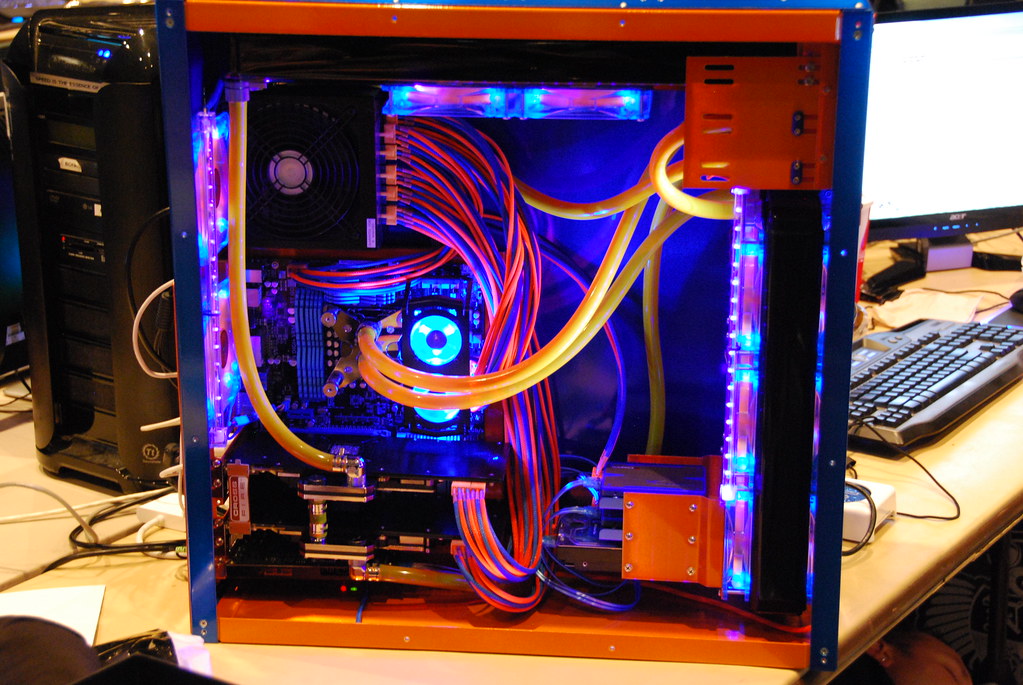Is your PC slowing down in its old age? If it’s taking forever to boot up, or if it surfs the web at the speed of molasses, you might think it’s time to replace your doddering machine. But don’t head down to Best Buy just yet.
You might be able to get a lot more life out of your PC just by giving it a little tune-up. Clean up your memory, limit your login permissions, check for malware, and ditch that preinstalled software. If you have an older machine, adding random access memory (RAM) can give it the performance boost you need, without the high price tag of a brand new machine.
1) Limit What Launches at Startup
If your PC takes forever to boot up, chances are you’ve got a ton of apps launching at startup. Lots of apps automatically launch at startup, and that eats up RAM and slows down your PC. Plus, you probably don’t need all of those programs running all the time.
In Windows 10, you can open up the Task Manager, go to the Startup tab, and view all the programs that launch at startup. You can right-click on any entry that you don’t want to launch on startup. That could be apps that you don’t use that often, or simply apps that don’t need to launch on startup. You can also use it to turn off startup launch for apps that have a huge startup impact.
2) Clean Up the Memory
You can use the Disk Cleanup utility to find and delete unnecessary files, like temporary files, installer files, and downloaded web files. You should also defragment your disk regularly, unless you have a solid state drive (SSD), which doesn’t need defragmentation because it doesn’t have any moving parts.
However, Disk Cleanup will only have a marginal effect on your machine’s speed, unless your hard drive is practically full. A tune-up utility can give you an overview of the files and apps on your system, so you can decide which ones to delete. Large, unused files can really slow down your PC. But be careful to choose a reputable utility — there are lots of malware out there masquerading as legitimate clean-up-and-speed-up tools. Make sure to use something reputable, like Trend Micro’s Cleaner One Pro for Windows.
3) Ditch Preinstalled Software
Most PCs still come with tons of preinstalled software that no one actually wants or even uses. These days, manufacturers are installing less crapware on new PCs, but if you have an older PC, you might have 20 or more apps kicking around on your hard drive, taking up space and slowing things down. You can uninstall them by right-clicking on the relevant tiles in the Start menu, or by navigating to Programs and Features. There, you can sort apps by the name of your PC manufacturer to pinpoint factory pre-installed programs, or you can sort by Recent to look for apps that you don’t remember installing yourself. Or, you can sort by Size to take the ax to large apps you never use. Don’t forget to nix anything you installed yourself but no longer use.

4) Check for Malware
You should combine an ongoing anti-malware monitoring program with an app that regularly scans for malware, like MalwareBytes. Malware can definitely slow down your computer, but so can the wrong antivirus program. Ditch the bloated, factory pre-installed anti-malware programs in favor of a more streamlined app that’s easier on performance, like Webroot SecureAnywhere AntiVirus.
5) Add More RAM
If you have an older computer, chances are it doesn’t have the RAM it needs to keep up with your evolving needs. Fortunately, you can easily add more RAM to your PC. On a desktop, it’s usually just a matter of figuring out where the RAM modules are in your PC and replacing them with bigger ones. You can use a hardware information tool to figure out how many memory slots your machine has and how many are in use, or you can open the case and take a look in there yourself.
It’s not unusual for PCs to slow down as they get older and accumulate more files and apps in the memory. A little digital housecleaning can set things right again, so you can stop waiting around all day for your PC to boot up and get back to living your life.
